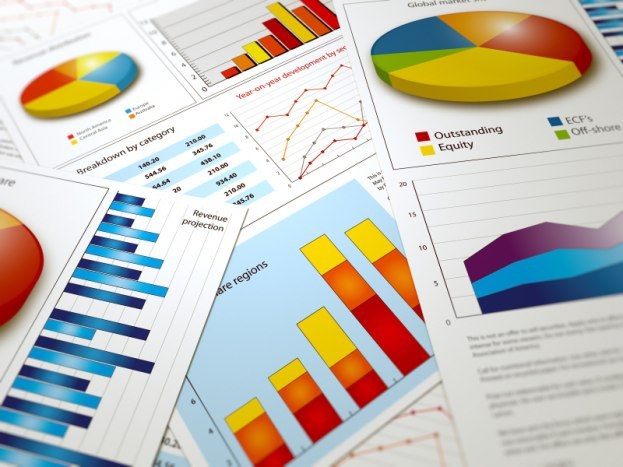What is included in direct costs
Direct costs are directly linked to produced by the enterprise products or services. They are included in the cost of the direct method. When calculating the profit tax, direct costs are recorded as product sales.
Most often in the structure of direct costs include the following groups:
- material costs;
- the cost of wages and payroll deductions;
- depreciation;
- other types of costs.
In the material cost includes all materials used, with the exception of their own production. This, in particular, raw materials, semi-finished products, materials, components, fuel, parts, containers, etc. Their list and the proportion differs depending on the industry. For example, for metallurgy, an important share will occupy the cost of electricity, and for the food industry, the largest share will come from the raw materials. The criterion for inclusion of material costs in the composition direct is that include materials during their further processing become part of the finished product, ie, carry on it its value.
The costs of labor include salary costs of employees directly involved in the production process. This, for example, the salary of programmers in companies engaged in the development of sites, or masters in a construction organization. But the salary of accountants and administrative staff can be attributed to indirect costs. It is worth considering that this group of costs include not only salary, but also a variety of incentives, bonuses, vacation pay and various deductions to extra-budgetary funds.
Depreciation and amortization are carried out with the use of depreciation deductions. They represent a process of partial transfer of value of fixed assets as they wear the cost.
Often the costs include the cost of ancillary industries and external contractors. The direct costs can be attributed to other types of costs that are directly associated with production.
That refers to indirect costs
Indirect costs can not be directly transferred to the cost of production or services because they are distributed between different types of products. They are not directly related with their products, often also referred to as overhead.
This, for example, rental costs, administrative costs, costs for retraining of workers, office supplies, communication services, etc. At the opening of business all indirect costs to anticipate is difficult, can always be unforeseen expenses.
It should be noted that this list and the division of costs into direct and indirect is very conditional, each organization defines its own based on the specifics of production organization. For example, the salary of accountants in a medical facility will be indirect costs, and in companies engaged in external accounting service - direct.
